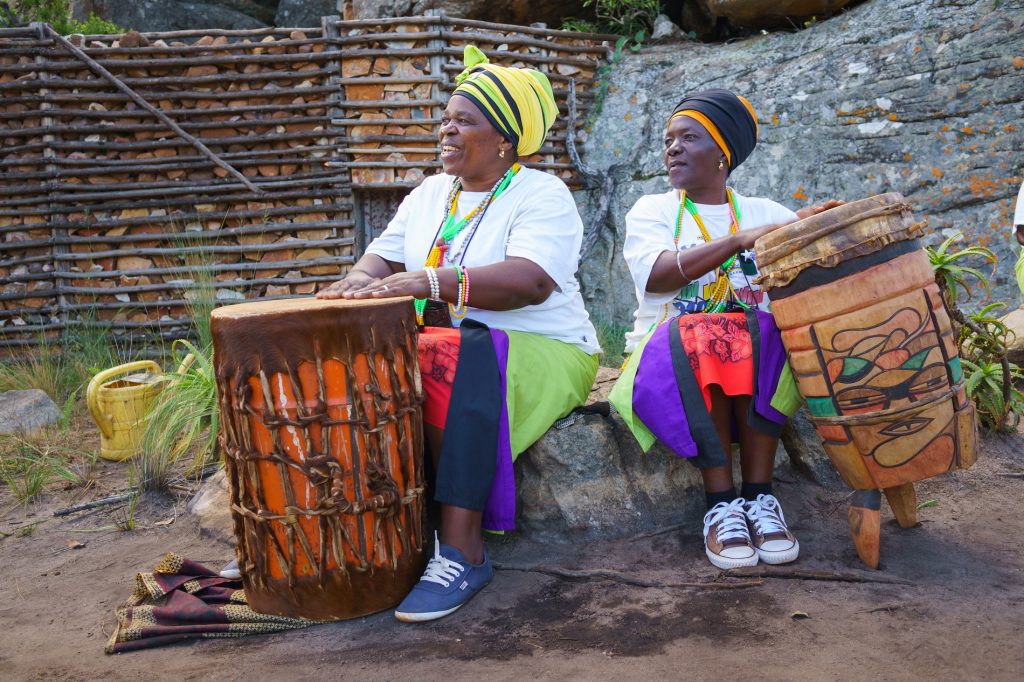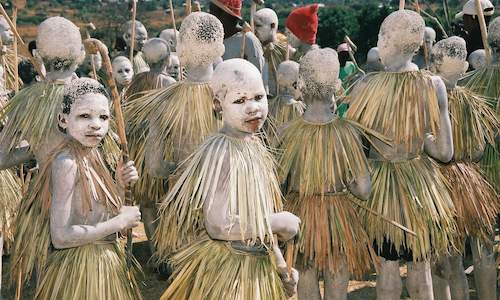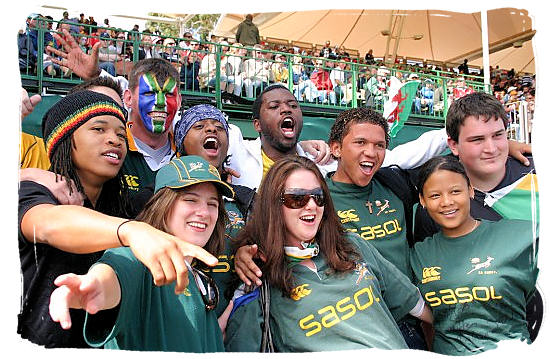South African Culture Today Things To Know Before You Get This
South African Culture Today Things To Know Before You Get This
Blog Article
The smart Trick of South African Culture Today That Nobody is Discussing
Table of ContentsSome Known Facts About South African Culture Today.What Does South African Culture Today Mean?Excitement About South African Culture TodayFacts About South African Culture Today RevealedSome Known Factual Statements About South African Culture Today The 30-Second Trick For South African Culture Today
A matter of value in Zambian towns is the passing away of enjoyed ones. All members of the village placed money, time and initiative with each other for the burial of the deceased.Throughout the grieving duration; men remain outside your home and the ladies stay inside your house of the deceased. After speaking about the deceased, the village strolls to the location of funeral to say their last goodbyes. Music and dance is a really crucial element of the Zambian culture. The numerous tribal systems have their very own dancing kinds; nevertheless, makishi is common amongst all people.
The Ultimate Guide To South African Culture Today
When it comes to songs, drums are made use of the most, with a range of drumming ceremonies. In Zambia, majority of individuals are Christian; Protestant and Roman Catholic. There are small groups of Muslims and Hindus, with the rest complying with neighborhood native tribal ideas.

South African heritage and society is greatly varied, and includes several teams of individuals that each have their very own practices and beliefs. Having such a variety of people and cultures is what makes South Africa so distinct. In real feeling of the phrase, we are a rainbow country.
South Africa has around three hundred thousand Portuguese individuals staying in it. Making it the 7th on the listing of nations with the most Portuguese individuals in it beyond Portugal. Portuguese is not only a society, but it is additionally a language and a race. Portuguese individuals stem from the country of Portugal in Europe, nonetheless, because of Portugal (like numerous various other countries in Europe) discovering the world and conquering other nations throughout the 15th 20th centuries, South Africa has what we call Portuguese South African's living in it.
Some Known Facts About South African Culture Today.
Amongst the prominent attributes of the topography is a plateau that covers practically 2 thirds of the center of the country. The plateau complicated climbs towards the southeast, where it climaxes in the Drakensberg variety, component of an escarpment that divides the plateau from the coastal areas. The Drakensburg includes Champagne Castle, the highest height in the country.
The region north of the Witwatersrand, called the bushveld, inclines downward from east to west towards the Limpopo River, which forms the global border. The western area of the plateau, the middleveld, additionally comes down in the direction of the west and differs in elevation in between the highveld and bushveld. Between the Drakensburg and the eastern and southerly coastline, the land comes down to the sea.
Nearer the coast there is a low-lying level called the eastern lowveld. Southwest of the plateau the nation becomes progressively a lot more dry, paving the way to the stony desert of the Great Karroo, surrounded on the eastern by the lower, better sprinkled plateau of the Little Karroo. Separating the dry southerly inside from the sandy littoral of the southerly shore and West Cape is another variety, the Langeberg.
South African Culture Today for Dummies
The country's racially, ethnically, and politically separated background has actually generated nationwide and subnational icons that still operate as icons of the nation, and others symbols that are accepted only by certain teams. The monoliths to white inhabitant occupation and political prominence, such as the Afrikaner Voortrekker ("pioneer") Monument in Pretoria and the Rhodes Monument recognizing the British colonial realm building contractor and Cape prime minister Cecil Rhodes, continue to be sectarian icons.
The initial modern-day inhabitants were the San ("bushman") hunter-gatherers and the Khoi ("Hottentot") individuals, who herded livestock (South African culture today). The San may have been present for thousands of years and left evidence of their existence in countless ancient cavern paints ("rock art"). Bantu-speaking clans that were the forefathers of the Nguni (today's amaZulu, amaXhosa, amaSwazi, and vaTsonga peoples) and Tswana-Sotho language groups (today's Batswana and Southern and Northern Basotho) moved below eastern Africa as early as the fifteenth century

The two former republics of Recommended Reading the Orange Free State and Transvaal (South African Republic) were developed by Afrikaner inhabitants who beat and dispossessed the Basotho and Batswana. Lesotho would have been by force incorporated right into the Orange Free State without the expansion of British security in 1869. The ultimate marriage of the nation resulted from the South African Battle (18991902) between the British and the two Afrikaner republics, which lowered the country to spoil at the beginning of the twentieth century.
Afrikaners historically considered themselves the just real South Africans and, while approving complete citizenship to all locals of European descent, rejected that standing to people of shade till the democratic shift of 1994. British South Africans preserve a sense of cultural and social link to Great Britain without weakening their identity as South Africans.
South African Culture Today for Beginners
The diversity and fragmentation within ethnic collections and the balance of stress in between those teams during the twentieth century stopped interethnic civil problem. While intergroup stress over sources, privileges, and political supremacy continue to be, those problems are as most likely to match Zulu versus Zulu as Zulu versus Xhosa or African versus Afrikaner.
From colonial India, British sellers and managers brought the bent steel decorative roofings and slender lace work pillars that still epitomize the terraces of cottages arounds and cities throughout the country. Residences of praise contribute an essential architectural facet also in the smallest towns. Along with the rising steeples and timeless stonework of Afrikaans Dutch Reformed churches, Anglican churches, synagogues, mosques, and Hindu shrines supply selection to the spiritual architectural scene.

Butchering and the brewing of typical cereal beer are important in safeguarding the involvement and a good reputation of the ancestors who are thought about the guardians of good ton of money, success, and well-being. Indian areas maintain their native cooking practices and apply them on Islamic and Hindu routine and ceremonial occasions. Afrikaners and Coloured individuals gather at weekend breaks and unique events at multifamily bbqs called braais, where community bonds are reinforced.
Because this was the primary financial business of both black Africans and white homesteaders, dispute in between those teams centered on the property of grazing land and animals. In 1867, the largest diamond deposits on the planet were found at Kimberley in the west central location. The riches from those areas helped finance the news exploitation of the biggest gold coral reef in the world, which was discovered on the Witwatersrand in 1886.
Some Known Incorrect Statements About South African Culture Today
This caused misconceptions and calculated misstatement in the negotiations of white inhabitants and federal government officials with African chiefs throughout the colonial duration (South African culture today). In the facility of Resources African books, some aspects of public and chiefly "tribal trust fund" land period were maintained, and even in white backwoods, types of common tenure were still practiced in areas with African communities
After the autonomous change of 1994, programs for land restitution, redistribution, and reform were set up, yet development has been slow-moving. The white minority still regulates eighty percent of the land. In the wake of farming land invasions in Zimbabwe, the Department of Land Matters has actually promised to speed land redistribution.
Report this page